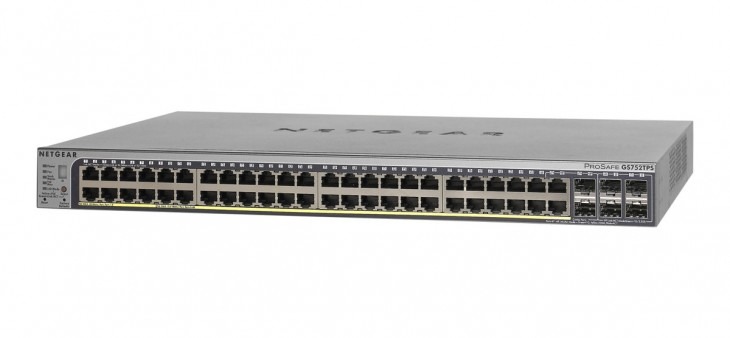
Using a copper uplink, one device can be connected to a network, or a LAN can be connected to a larger network. Switches, hubs and routers often have a specified port as the uplink connection. Switches with fibre & copper uplink ports are a frequent choice for the installer of professional LAN applications. Fibre is the preferred medium when connections travel over greater distances, require security and need reduced electromagnetic interference.
Copper Uplink Connections on Switches
Some professionals believe that fibre uplink or copper uplink connections on switches offer a better return on investment. Switches with built-in fibre or copper ports are available. The port’s technical specifications will specify how a router or other equipment will be connected to the uplink. Fibre connections on switches can help to increase the throughput and response times of network-intensive applications. Uplinks of 1GB fibre or copper are frequently used to increase bandwidth for database, video, voice, and other applications.
Gigabit and 10GB Switches with Copper Uplinks
Designated SFP, SFP+ and RJ45 Copper ports are found on Gigabit and 10GB switches with fibre and copper uplinks for high-speed performance. Switches can come with varying counts of 100/1000-Mbps fibre-supported, SFP or SFP+ and RJ45 ports. Either fibre or high-grade copper network cable can be used for 10GB transmission speeds in the enterprise environment. Switches with both copper and fibre port options offer SMB flexibility (Combo ports), while the latest generation switches with fibre or copper ports for 1GB or 10GB Ethernet meet the needs of the data centre. At Comms Express, we support businesses as they establish high-speed innovation.
